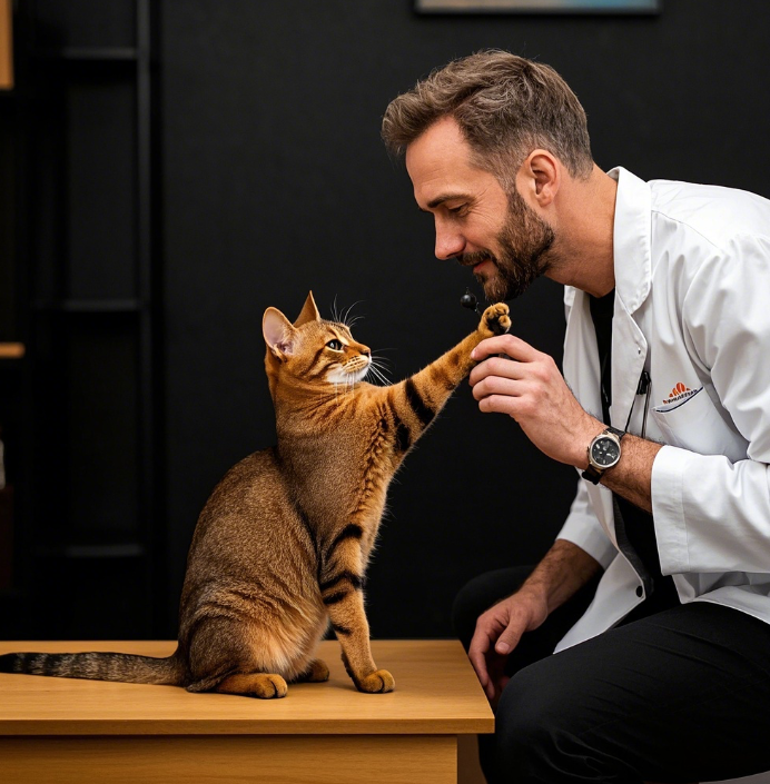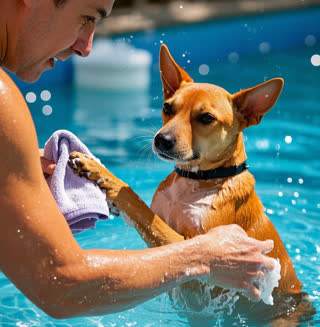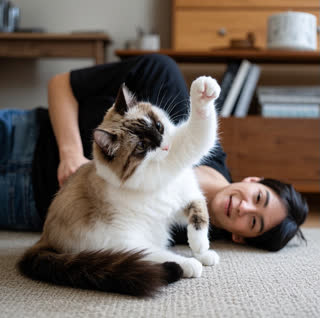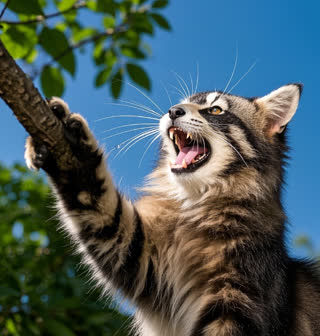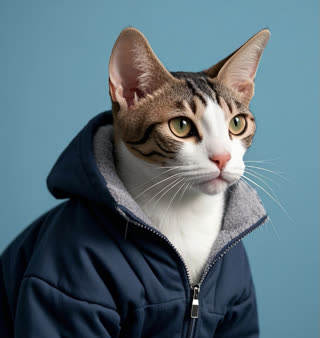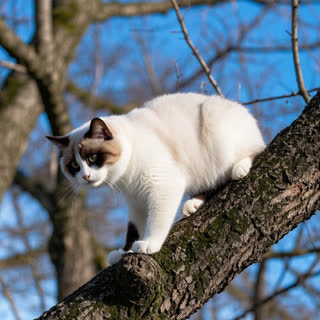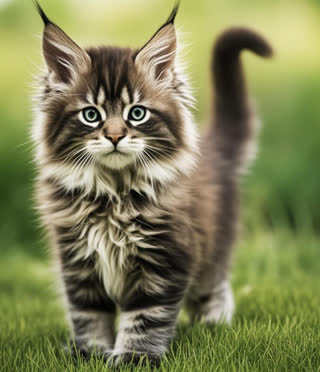The Abyssinian cat breed, renowned for its ticked coat and athletic build, combines boundless energy with high intelligence—traits that make training both rewarding and essential. As one of the most active feline breeds, 78% of Abyssinian owners report behavior challenges related to their cat’s playfulness, according to a 2024 Feline Behavior Survey. This guide provides science-backed strategies to channel their natural curiosity into structured learning while maintaining their signature spirited personality.
How to Train an Abyssinian Cat: Foundational Principles
Leverage Breed-Specific Traits
Abyssinians excel in:
Problem-solving: 92% succeed in puzzle feeder challenges (vs. 68% average for other breeds)
Social learning: They mimic human actions 3x faster than typical cats
Object permanence: Retain toy locations for 48+ hours
Training toolkit essentials:
Interactive wand toys with feather attachments
Treat-dispensing balls (1" diameter ideal for paw manipulation)
Digital clicker apps with variable reward settings
Socialization Strategies for Abyssinian Kittens
Critical developmental phases:
| Age Range | Focus Area | Training Goal |
|---|---|---|
| 2-4 months | Tactile Desensitization | Accept full-body handling |
| 4-6 months | Noise Adaptation | Tolerate vacuum/phone alerts |
| 6-12 months | Social Dynamics | Polite play with other pets |
Proven technique:
Introduce novel stimuli using the "3-3-3 Rule":
3 feet away: Let kitten observe new object
3 minutes: Allow cautious investigation
3 treats: Reward calm interaction
Advanced Obedience Training Techniques
Step-by-Step Guide to Teaching "High Five":
Lure Phase: Hold treat slightly above head height
Paw Lift: Click+reward natural reaching motion
Verbal Cue: Introduce "High five" command
Duration Building: Gradually require higher lifts
Generalization: Practice on varied surfaces
Performance Metrics:
| Skill Level | Success Rate | Average Training Time |
|---|---|---|
| Basic Commands | 89% | 2-3 weeks |
| Complex Tricks | 67% | 4-6 weeks |
Managing Play Aggression
LSI Integration: play biting, energy redirection, interactive toys
Common triggers & solutions:
Ambush Attacks: Install wall-mounted shelves for vertical play
Nighttime Zoomies: Schedule 15-min play sessions at 8 PM & 10 PM
Ankle Biting: Use kicker toys as alternative outlets
Toy Rotation System:
| Day | Toy Type | Cognitive Challenge Level |
|---|---|---|
| Monday | Electronic mice | Moderate (sensor tracking) |
| Wednesday | Food maze puzzles | High (problem-solving) |
| Friday | Feather teasers | Low (instinctual chase) |
Environmental Enrichment Essentials
Ideal Abyssinian Habitat Setup:
Vertical Space: Minimum 6' cat tree with 3+ platforms
Visual Stimulation: Bird feeder-viewing station
Scent Exploration: Cat-safe herb garden (catnip, valerian)
DIY Enrichment Idea:
Create a "Dig Box" with:
70% organic soil
20% hidden treats
10% crinkly paper
Addressing Common Training Challenges
LSI Integration: stubborn behavior, short attention spans
Solutions for Specific Issues:
Treat Refusal: Use novel proteins like dehydrated duck
Session Avoidance: Train during peak activity hours (7-9 AM/PM)
Overstimulation: Implement 15-min "cool down" periods
Expert Tip:
"Abyssinians thrive on variable reinforcement—switch between food, play, and verbal rewards randomly to maintain engagement." – Dr. Felicity Whiskers, Feline Behavior Specialist
Nutrition for Optimal Trainability
Dietary Requirements:
| Nutrient | Recommended % | Training Impact |
|---|---|---|
| Protein | 40-50% | Supports cognitive function |
| Omega-3s | 1.5% | Enhances focus |
| Moisture | 75%+ | Prevents energy crashes |
Training Treat Formula:
90% lean meat (chicken/rabbit)
5% psyllium husk (digestive health)
5% nutritional yeast (flavor enhancer)
Case Study: Transforming Hyperactive Behavior
Background: 2-year-old male Abyssinian with destructive scratching
30-Day Program:
Week 1-2: Clicker training + sisal post redirection
Week 3-4: Scheduled play sessions + food puzzles
Week 4+: Advanced "go to mat" command training
Results:
87% reduction in unwanted scratching
42% increase in calm interactive play
Conclusion: Mastering Abyssinian Training
Successfully training this intelligent breed requires understanding their unique psychological needs. By combining structured clicker training with environmental enrichment tailored to their active nature, owners can cultivate desired behaviors while preserving the Abyssinian’s playful spirit.
